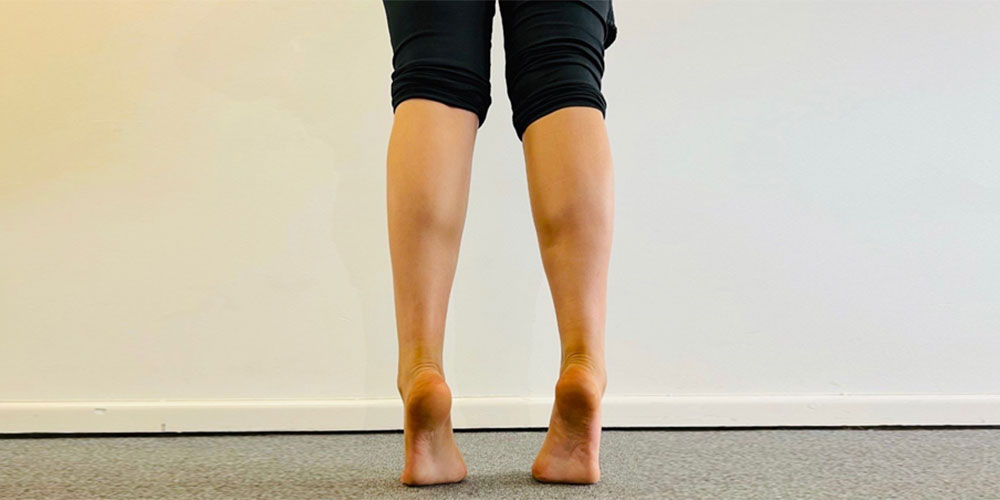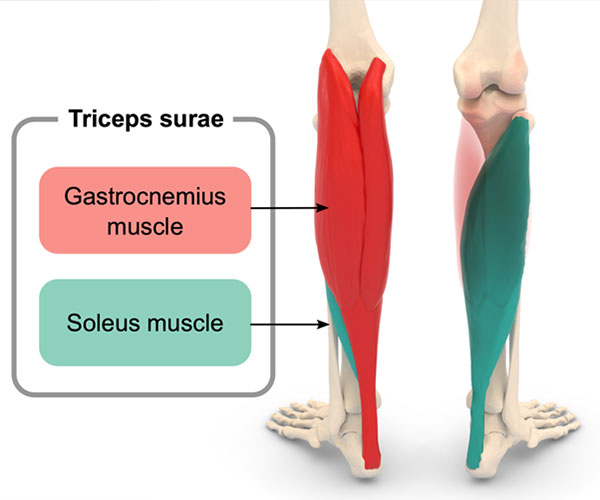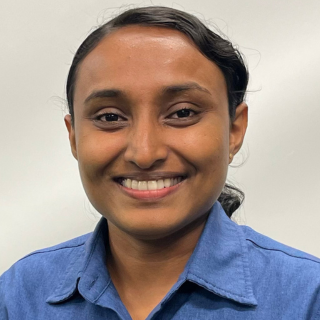Calf Pain | Is it Soleus or Gastrocnemius Strain?
Tuesday, August 27, 2024
Calf strains are common injuries seen in general practice and sports injury clinics. Differentiating between strains of the soleus muscle or the gastrocnemius muscle, that is, two of the three separate muscles that make up what is commonly called the “calf muscle”, is important for effective treatment and prognosis, especially successful prevention of recurring injury.

What does calf strain feel like?
Sub-acute symptoms, that is, tightness and stiffness developed over days to weeks, mild swelling and disability, are reported for soleus strains.
Acute symptoms, that is, a sudden twinge ranging from mild to severe pain, disability and swelling are reported for gastrocnemius strains.
If you have a calf strain you may experience symptoms such as:
- Sudden pain at the back of your leg
- Your calf is stiff and weak when you walk
- You find it hard to rise up onto your toes
- Swelling or bruising in the calf muscle
Calf strain is categorised into grades:
Mild — sharp pain (during or after activity).
Moderate — pain that means you can’t continue regular activity.
Severe — severe pain between your Achilles tendon and the middle of the muscle.
What causes calf strain?
When there is a clear mechanism of injury: like acceleration with the knee extending and ankle in dorsiflexion or sudden eccentric overstretch, e.g. ankle drops off the kerb, you are likely to have a gastrocnemius strain. Soleus strains often don’t have a clear mechanism of injury, but steady-state running is a common cause.
Gastrocnemius strainGastrocnemius is considered at high risk for strains because it crosses two joints (the knee and ankle). Symptoms of gastrocnemius strain can include subjective reports of sudden sharp pain or tearing sensation at the back of the lower leg, often in the medial belly of the gastrocnemius or at the musculotendinous junction.
Common presentations:
- Tenderness to touch at the point of injury
- Swelling
- Bruising may appear within hours or days
- Stretching of the muscle will reproduce pain
- Pain on resisted plantarflexion
Soleus strain
Strains of the proximal medial musculotendinous junction are the most common type of soleus muscle injuries. Unlike gastrocnemius, soleus is considered low risk for injury. This condition frequently occurs in the middle-aged, poorly conditioned and/or physically active patient. The presentation will likely be similar to gastrocnemius strain however the pain may be slightly more distal and feel deeper subjectively.
How to tell if I have a calf strain?
A physical examination including hands-on testing, strength and stretch testing, by a trained professional, like the Physiotherapists at Physio Inq Engadine and Physio Inq Sutherland, will allow accurate diagnosis of the site and severity of the injury.
Test |
Soleus |
Gastroc |
Where are they tender? |
Deep to the gastrocnemius |
On the surface |
Where is it usually injured? |
Lateral (outer leg) |
Medial (inner leg) |
Knee To Wall (flexibility) |
Front leg (bent knee) reproduces patient’s symptoms |
Back leg (leg straight) reproduces patient’s symptoms |
Resisted movement (strength) |
Plantarflexion with bent knee |
Plantarflexion with straight knee |
Heel raise (strength) |
Difficult with bent knee calf raise |
Difficult with straight knee calf raise |
How can I prevent a calf strain?
Paying attention to discomfort
Warming up
Stretching
Using a foam roller to loosen tight muscles
Can Physiotherapy help Calf Muscle strains?
Yes, seeing a Physiotherapist, such as the staff at Physio Inq Engadine and Physio Inq Sutherland, can assist with the relief of symptoms and long term treatment of calf strains of the soleus or gastrocnemius. Indeed, we also see lots of people for injuries to the third muscle in the calf, the plantaris.
What is the treatment for calf strains?
Acute treatment is aimed at limiting haemorrhage and pain, as well as preventing complications. Over the first 3–5 days, muscle rest by limiting stretch and contraction, cryotherapy, compressive wrap or tape, and elevation of the leg are generally recommended.
Gold standard treatment for soleus strains and gastrocnemius pain is physiotherapy management.
- Pain Management and Inflammation Control: Immediately after sustaining a calf injury, rest, ice, compression, and elevation (RICE) are fundamental. Referral to Physiotherapy ASAP.
- Soft tissue therapy
- Dry needling
- Exercises – Restore mobility and strength in the ankle and knee
- Graded return to sport/ activity
- Polymetric exercises- required for anyone that needs to jump
- Addressing any risk factors
Prognosis has been shown to be positively influenced with physiotherapy interventions.
Calf strain is a common issue treated by Physiotherapists. At Physio Inq, our Physiotherapists will be able to do a thorough testing and diagnosis, as well as provide gold standard treatment to help you live a life with less limits. Contact us today to book your consultation.

